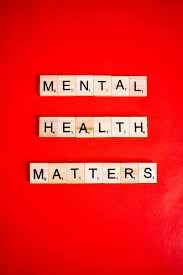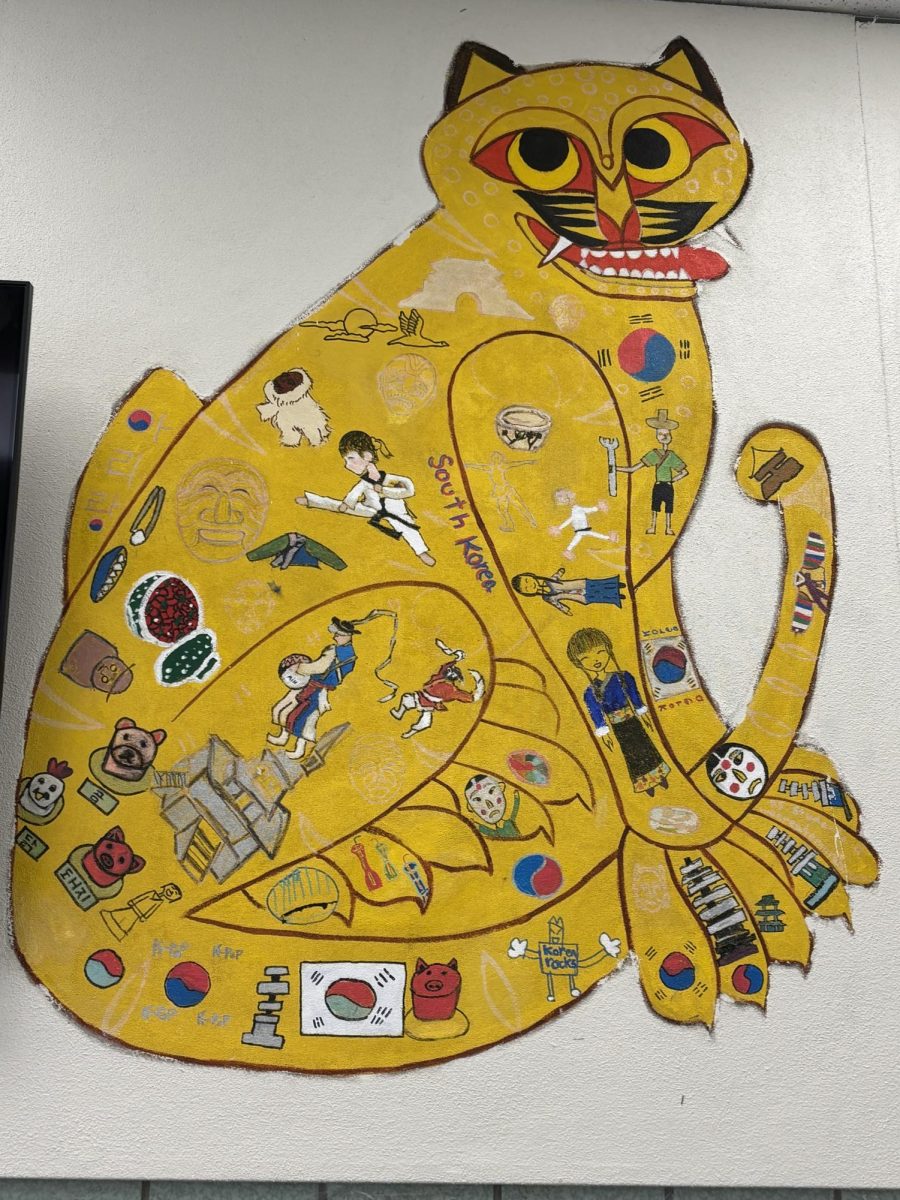You’re in homeroom. It’s just ended, and English is up next. Your hands start to sweat. Your heart suddenly feels too big for your chest, and all you can think is, Please don’t call on me next. You know there’s nothing on that document. Nothing ready. And this feeling? You can’t quite recognize it. It’s not just one emotion—it’s a wave of many, all pressing in at once. You ask yourself, What is this feeling?
Understanding Anxiety and Panic Attacks
Your breathing becomes shallow as you keep thinking about the English paper. You try to calm down, but nothing seems to work. What you’re experiencing is an anxiety attack. It comes with worry, distress, muscle tension, chest pain, headaches, dizziness, sweating, and shortness of breath.
Panic attacks are similar but slightly different. They may include shaking, numbness or tingling, chills or hot flashes, nausea, a racing heart, or hyperventilation. In fact, about 35% of people will experience a panic attack at some point in their lives.
To help prevent anxiety attacks, try grounding techniques like remembering people, places, or objects that make you feel safe. The tapping method—where you gently tap on specific points of your body while repeating affirmations—can also help. And of course, seeking support from a mental health professional is always a strong option.
Introducing Mr. Feeley
Recently, The Bolt sat down with Mr. Feeley, the crisis intervention therapist at Ridgewood High School to discuss the current state of teens and their mental health. Before working in Ridgewood, Mr. Feeley spent eight years helping people recover from substance abuse at a rehabilitation program in Paterson. After that, he felt called to work with students, where he could support young people navigating the challenges of mental health.
Getting help can feel scary, like it means something’s wrong with you. But really, it just means talking to someone who helps you make sense of your thoughts and emotions. It’s normal to feel nervous—even terrified—but reaching out for help is something to be proud of.
“Sometimes, as a therapist, you sit with somebody, and you know you’re in it,” Mr. Feeley said. “You’re getting in there, and you’re talking about stuff. And it’s not that comfortable stuff—it’s painful stuff.”
He also shared, “People have a way of dealing with very painful things by not feeling them at all.” But avoiding difficult emotions only makes things harder over time. Many people find healing in outlets like painting, writing, or drawing—ways to process feelings without words.
Mr. Feeley reflected on his time in Paterson: “I was around a lot of people who did a lot of bad things. And I was very lucky. When I got close with people, there was a powerful mutual respect… oftentimes that kind of safety is what would help people heal.”
Dealing with Pressure
Pressure can be overwhelming—it builds up until you feel like you might crack. Mr. Feeley explains: “Kids come up to me… they have very challenged reactions to the stuff they’ve signed up for, or the stuff they feel they should be doing. A ‘tradition of excellence’ is plastered on the side of the building—but that doesn’t mean being better than the other guy.”
According to TransformingEducation.org, 75% of high school students and 50% of middle school students report feeling constant stress about school. Managing your workload is important, but just as vital is taking care of your mental health along the way.
Supporting a Friend in Crisis
Your fourth period ends, and you’re walking with a friend to math class. You notice something’s off. You ask what’s wrong, and as they explain, things seem to get worse. Panic sets in. What should I say? What do I do?
The most important thing? Just listen. Sometimes, people simply need someone to hear them. Being that person—whether you’re a friend, classmate, or teammate—can make all the difference.
However, if someone confides in you about self-harm or suicidal thoughts, that’s not something to keep to yourself. Even if they ask you not to tell anyone, getting an adult involved is crucial.
Mr. Feeley shared a story: “A seventh-grade boy came in with a friend and said, ‘We’re worried about our friend.’ It wasn’t that common for boys to speak up at the time. But their friend was in trouble. We brought in the parents and got him help. I think he just finished getting his PhD. People can get better.”
Mental Health Resources and Student Reflections
People hear the term “mentally healthy,” but what does it really mean? It’s different for everyone. What does being mentally healthy look like to you? Maybe it’s doing things you enjoy, setting goals, pushing out of your comfort zone, or just trying your best.
As one Ridgewood High School freshman, Zurie Yela, put it:
“I feel like [resources] are open, but not as widely heard of or expressed.”
Even in middle school, mental health resources are often overlooked. Many students think only guidance counselors are available, but behind the scenes, there are also therapists and teachers—people like Mr. Feeley—ready to help. Sometimes, doing the bare minimum—like listening or asking how someone’s doing—is actually the most important thing you can do.
Another student we spoke to shared how difficult the transition from middle school to high school was. “Middle school prepared me for some of the drama, the stress of homework and tests,” she said. But high school came with even more pressure—and uncertainty about the future.
We asked if she knew about Mr. Feeley. “I’ve heard of him,” she said, “but I’ve never been to him. I usually talk to my friends or the guidance counselors since I know them better.”
That’s common. Many students don’t realize what Mr. Feeley does or how much support he provides. Raising awareness about these resources could make all the difference.
Moving Forward
“I walk slowly, but I never walk backwards.” —Abraham Lincoln
Looking back on tough experiences is never easy. But recognizing how much you’ve grown—how far you’ve come—is powerful. Some experiences stick with us, but healing starts with focusing on the next right step.
“We always have to kind of focus on the next right thing,” Mr. Feeley said.
Being stuck in a negative mindset can feel like there’s no way out. But studies from the U.S. Department of Veterans Affairs show that 15–43% of girls and 14–43% of boys experience at least one traumatic event. Talking about it, being heard, and using the resources available to you are the first steps toward healing.
“If there’s one message I’d give to someone struggling with mental health,” Mr. Feeley said, “it’s: You are not alone.”
We all carry something. And even just letting a little bit of that weight go can bring the first real feeling of joy. It’s not about pleasing your parents or worrying what your friends might think. It’s about you—finally being ready to accept help, and accept yourself.
And if you’re struggling and need to talk to someone now, you can always call 988. They’ll be there when you’re ready.













